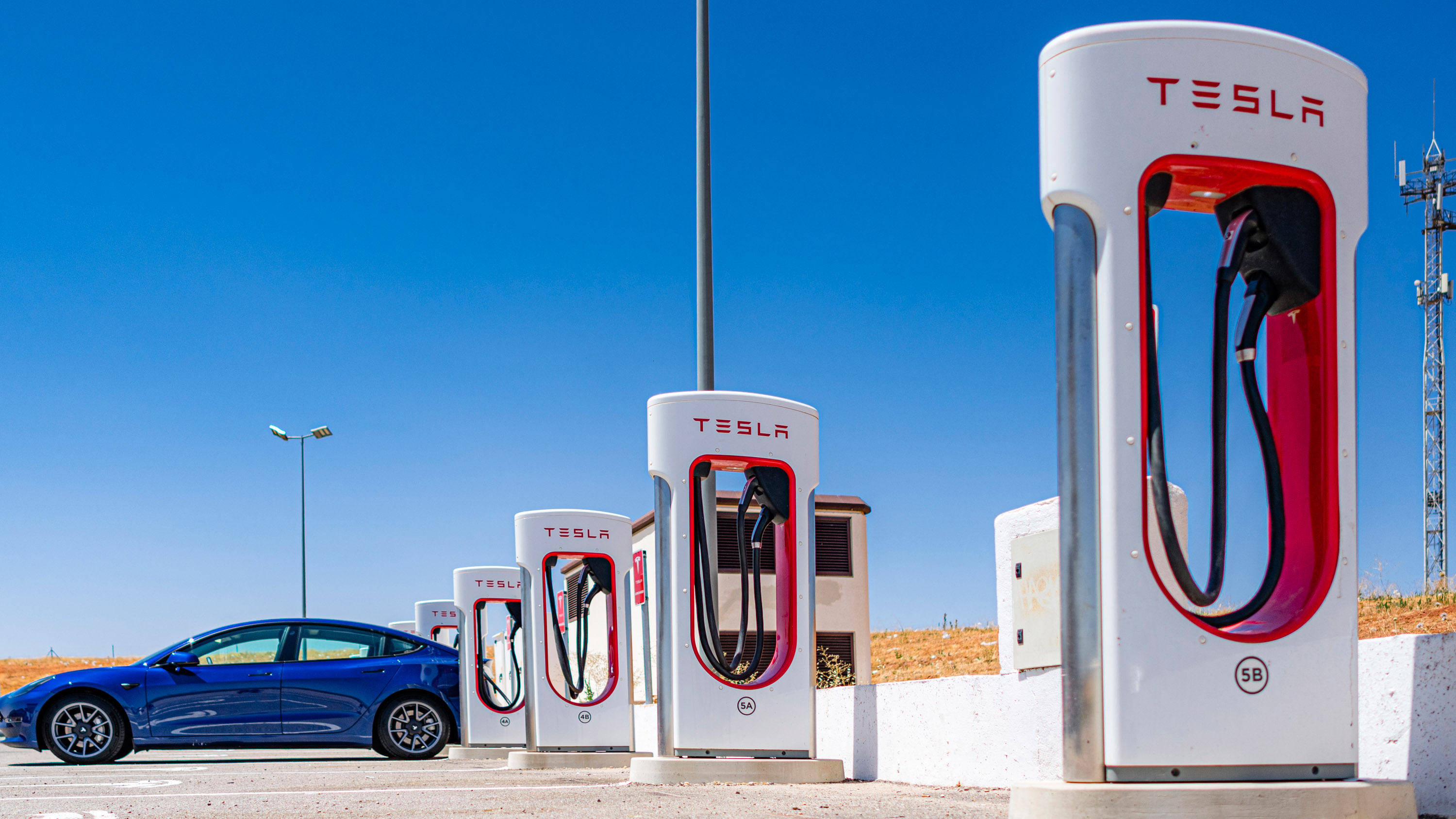As increasing numbers of people choose eco-friendly options for transportation, the use of electric vehicles (EV) has seen a surge. In parallel with this trend the need for EV infrastructure has risen dramatically. It is crucial to have a thorough understanding of EV charging processes. What is the EV charging process and how does this work?
At its core, EV charging refers to the process of replenishing the batteries of electric vehicles using electricity. This basic action is similar to refueling traditional vehicles using gasoline. With one important distinction: EVs are not powered by combustible fuels. They instead use electricity stored in the batteries to power and drive their electric motors.

One of the critical aspect of EV charging is knowing the different types of charging options available. Owners of EVs can choose from a range of charging methods available, all with their specific charging speed and compatibility. Let’s explore the various options available: To know more, click Electric Vehicle Charging Comprehensive Guide
Level 1 Charging Level 1 Charging – This is the most basic form of charging an EV that utilizes an outlet that is 120 volts in the household. Level 1 chargers are practical, but it is slow. A complete charge for an EV could require several hours. It is often used as an overnight charger.
Level 2 Charging: This charging method operates at a higher voltage than the level 1 (typically at 240 Volts) and offers faster charging rates. It is commonly used for charging stations in public areas, workplaces, or residential settings with dedicated EV chargers. The level 2 chargers can be used to charge at night in your the home. They also reduce charging times compared to Level 1 chargers.
DC Fast-Charging is also known as Level 3 Charging DC Fast-Charging is fastest of the three charging options. It uses higher voltages to enable rapid charging that can charge an EV up to 80% within minutes. DC fast chargers can be found in highways commercial areas, as well as major travel routes. This makes them perfect for long-distance travel and fast recharges.
It’s important that EV owners are aware of the various charging options so they can make educated decisions about how and where to charge. EV charging is affected by factors such as charging speeds, charging convenience as well as the accessibility of charging stations.
Moreover, the proliferation in EV charging infrastructure has changed how we view refueling our vehicles. Gas stations are being increasingly replaced by electric charging stations that reflect the trend towards cleaner and more environmentally sustainable transport.
Home charging is a benefit for a lot of EV users. Installing a level 2 home charging station lets you charge your car at night without hassle and ensures that it is fully charged in the morning. It can also be cost-effective, and it eliminates the need to regularly go to a the public charging stations.
The infrastructure for charging publically, however, remains important, especially for those who travel long distances and do not have home charging options. The growth of charging infrastructures for public use and the technological advancements in charging makes electric vehicle ownership increasingly accessible and practical for more people.
The integration of smart charging systems and renewable energy sources into the EV charger network can also offer exciting opportunities to optimize grids. By leveraging renewable energy like wind or solar power to charge EVs and reduce greenhouse gas emissions and lessen our dependence on fossil fuels.
EV charging, in conclusion, is a key element of operating an electric automobile. Understanding the many different charging options as well as how the charging infrastructure is changing will enable EV drivers to optimize their driving experience in terms of convenience, efficiency as well as sustainability and ease of use. With the continued adoption of electric mobility and clean energy, the future is promising for the future of transportation.